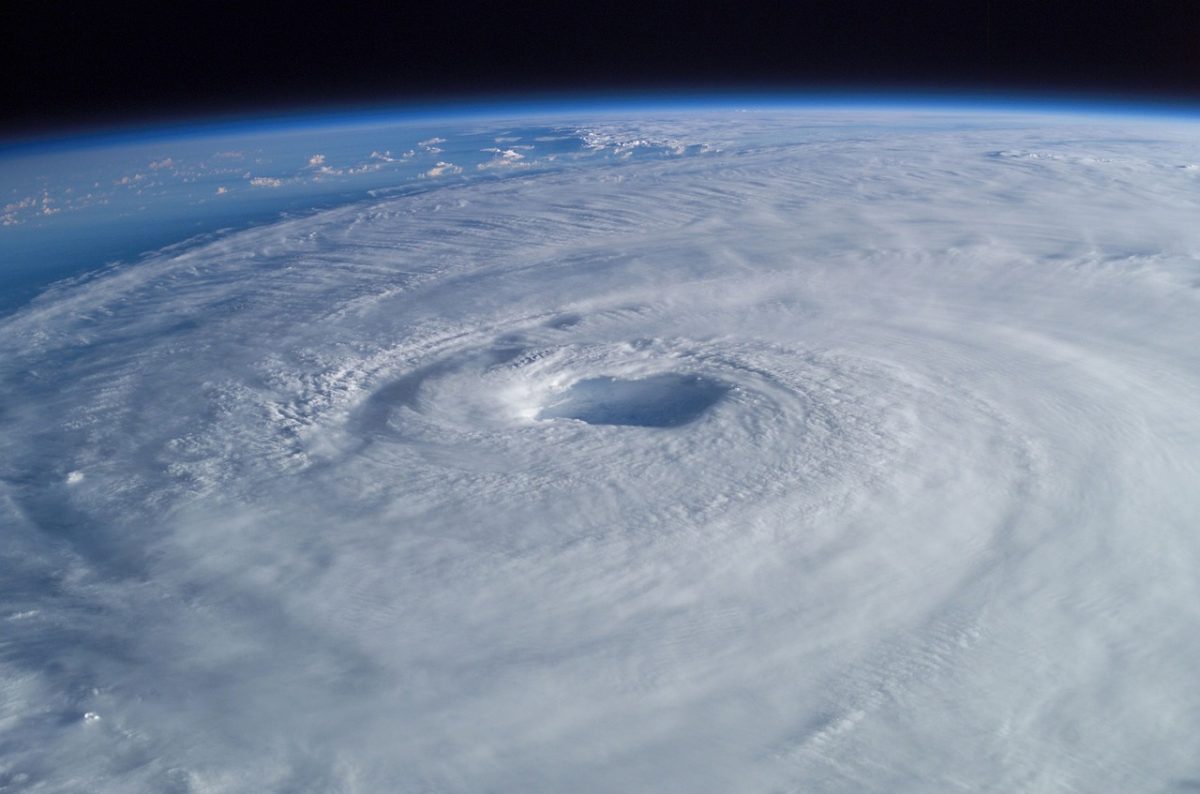Recently, Florida has faced two significant hurricanes: Hurricane Helene and Hurricane Milton. Both storms caused substantial disruption, requiring residents to take immediate precautions.
Hurricane Helene arrived in late September bringing torrential rainfall, followed closely by Hurricane Milton in early October.
The growing intensity and frequency of these powerful hurricanes highlight the urgency to address climate change. As global temperatures continue to rise, storms are expected to become stronger, wetter, and more frequent, posing significant challenges to infrastructure, insurance systems and public safety.
Milton and Helene left widespread damage across Florida and other states, impacting homeowners and communities in many ways.
Hurricane Milton, which made landfall in Sarasota County, was devastating due to its strong winds. It caused widespread destruction to homes, knocking out windows, tearing off roofs, and toppling trees across neighborhoods. Some areas along the Gulf Coast also endured storm surges, compounding the destruction.
The storm’s aftermath presented additional challenges.
Many homeowners are now struggling with power outages. Over 2.4 million residents were initially without electricity, and downed power lines and debris have dampened restoration.
Residual flooding has heightened health concerns, as contaminated water spreads across streets and rivers.
In urban centers like St. Petersburg and Tampa Bay, Milton’s strong winds damaged large structures, including tearing off the roof of Tropicana Field.
Some agricultural areas were also impacted, particularly citrus farms that lost a large portion of their crops just before harvest season, threatening a critical component of the state’s economy.
The financial cost of the storms is expected to be enormous, with early estimates suggesting damages to reach up to $175 billion.
Hurricanes are complex phenomena, shaped by interactions between warm ocean waters, atmospheric conditions and wind patterns. Climate change is intensifying these storms by raising global temperatures, especially in the oceans. Warmer water fuels hurricanes, leading to storms that strengthen more rapidly and become more destructive.
This explains how storms like Hurricane Milton rapidly escalated to a Category 5, driven by abnormally warm waters in the Gulf of Mexico. Researchers have also noted that climate change increases rainfall in hurricanes by approximately 10%, contributing to severe inland flooding. Rising sea levels, another consequence of global warming, further amplify storm surges, worsening the impact on coastal communities.
While there is strong evidence linking climate change to the increased severity of storms, some argue that these hurricanes are not exceptional for the season.
They claim that there have been intense hurricanes documented centuries before climate change but have worsened in the last couple of decades. However, even if the hurricanes are not directly caused by global warming, there is sufficient evidence to suggest that both rainfall and wind speeds are worsened by climate change.
Moving forward, communities will need to adopt more resilient strategies and become more proactive in preparing for climate-related disasters. Additionally, continued research on the effects of global warming will be essential to guide policies and mitigate future risks.









